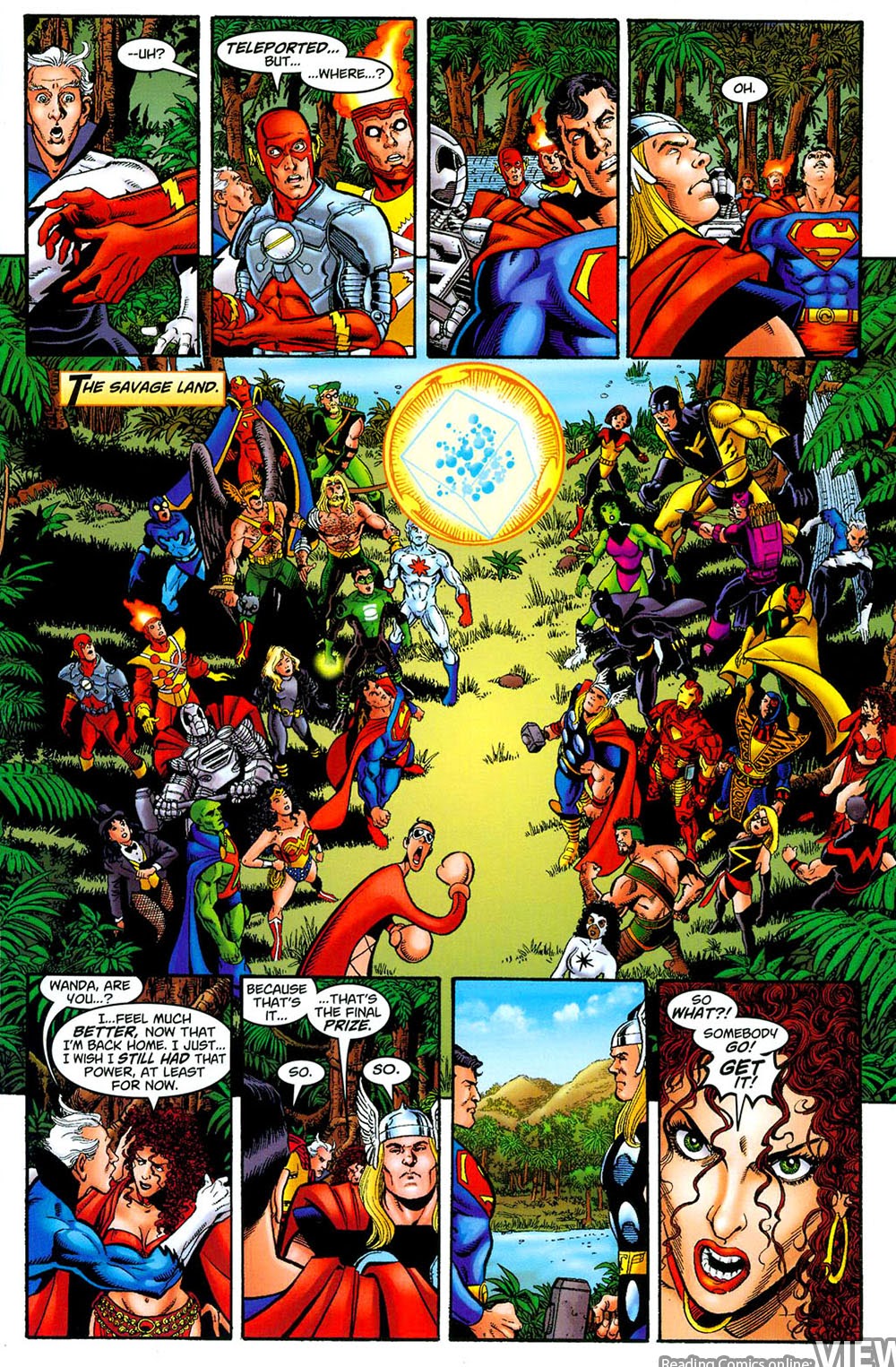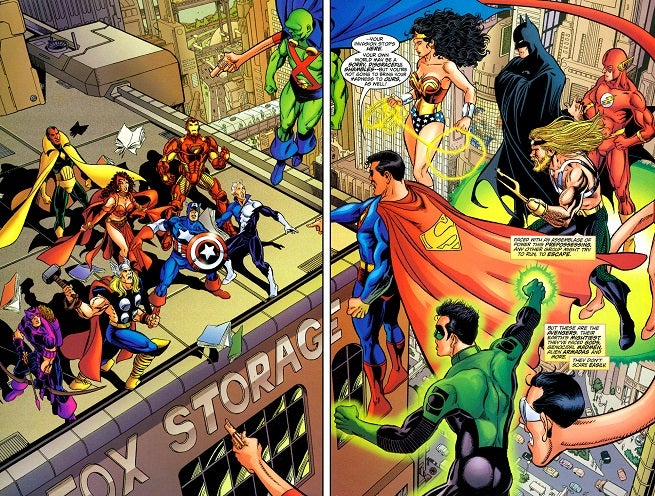

But he also takes inspiration from just about every large-scale superhero team-up you can think of, from the very first JLA story in 1960 and the regular meetings between the JLA and the Justice Society of America, through the Avengers/Defenders War, and the X-Men/Teen Titans team-up, to more recent crossovers such as John Byrne’s Batman/Captain America and DC Versus Marvel, and even Busiek’s own Avengers Forever. He and Pérez had just completed an acclaimed run of Avengers, so this inevitably feels like an Avengers story in which the JLA are guest-starring, regardless of Busiek’s efforts to balance the tale.īusiek draws on those old Squadron Sinister/Supreme comics, for instance by giving a key role to the Grandmaster, who created the Squadron Sinister. Further delays meant Waid was unavailable, and Busiek became sole writer. Twenty years later, relations had thawed sufficiently to attempt resuscitation. Pérez was again the obvious artist, and the script would be by the current Avengers and JLA writers, Kurt Busiek and Mark Waid.


He completed twenty-odd pages, before inter-company disagreement killed the project. The obvious artist was George Pérez, who had illustrated both titles. The JLA’s version of the Avengers, the Champions of Angor, never had as much impact.Īfter a series of successful Marvel/DC crossovers, a JLA/Avengers team-up was planned for the early 1980s. Indeed, in a way it had already occurred in the 1960s and 1970s, when Marvel introduced the Squadron Sinister, a group of villains for the Avengers patterned on four key JLA members, and then the Squadron Supreme, a group of heroes who nonetheless ended up fighting the Avengers a lot. A team-up of the greatest superhero groups of the DC and Marvel universes, the Avengers and the Justice League of America, has always been an attractive prospect to those who like to imagine characters meeting each other across franchises (and who doesn’t). This is the crossover that for years seemed would never happen.


 0 kommentar(er)
0 kommentar(er)
